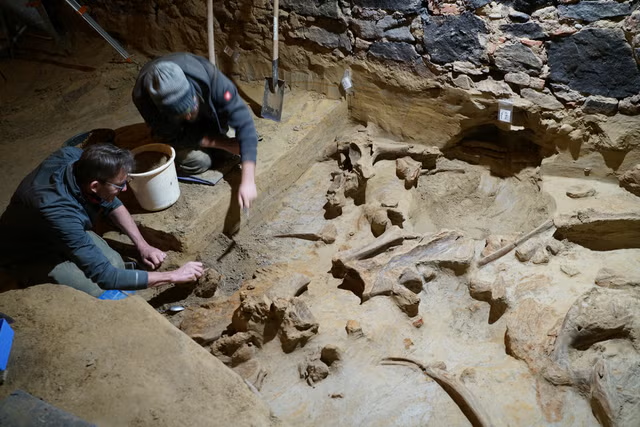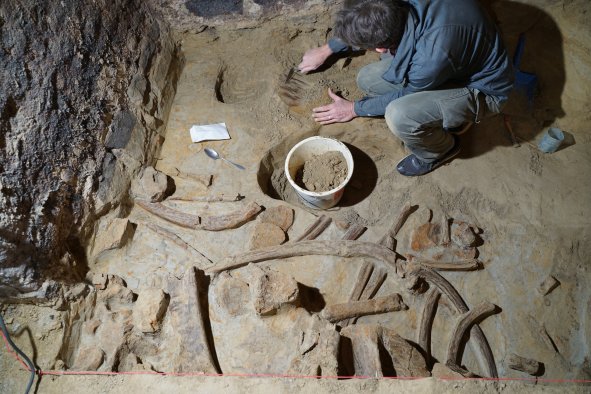Scientists may have discovered the reason behind Kilauea's explosive eruptions in Hawaii.
The researchers, from the U.S. Geological Survey and other institutions, likened the process to a "stomp-rocket" toy, which works by stomping on a gas-filled chamber that propels a rocket into the air. The findings are published in Nature Geoscience.
The Kilauea volcano in Hawaii is one of the most active volcanoes on Earth and erupts frequently. Although most of the eruptions have not posed a danger to surrounding communities, they can be very explosive, such as the one that occurred in 2018. Kilauea has been erupting regularly since 1983 and is watched closely at all times.
From May until August of that year, the volcano's huge eruption spewed large lava flows throughout the nearby Puna District, destroying more than 700 homes. The eruptions caused tens of thousands of earthquakes, and the summit area of the national park changed drastically as a result.
Usually, large, explosive eruptions in volcanoes are caused by the rise of molten rock—or magma—or by expanding steam underground. But in May 2018, 12 of Kilauea's eruptions were not caused by this. Geologists wondered: what did cause them?
Researchers used geophysical data to analyze pressure changes in the magma reservoir. They then used a 3D model to study the eruption plume and how it ascended.
And they found that these eruptions from May 2018 all had one thing in common. All of them involved the sudden collapse of the magma reservoir, which significantly increased the pressure of gas trapped in the chamber. The rapid buildup of pressure led to an explosive eruption. And this, the scientists note, is very similar to how a stomp-rocket toy works.
The research findings could help scientists understand how volcanic eruptions create atmospheric plumes composed of hot gas and rock particles. These plumes pose significant health risks and have the potential to cause considerable disruptions to society.
Although only 2018 eruptions were studied, it is possible that this stomp-rocket mechanism may not be unique to that year. In fact, it may be present in other volcanoes that have also produced very explosive eruptions.
The researchers concluded that understanding how these eruptions form could eventually help with forecasting, which in turn would lead to better safety warnings for aircraft and local populations.
Do you have a tip on a science story that Newsweek should be covering? Do you have a question about Kilauea? Let us know via science@newsweek.com.
Disclaimer: The copyright of this article belongs to the original author. Reposting this article is solely for the purpose of information dissemination and does not constitute any investment advice. If there is any infringement, please contact us immediately. We will make corrections or deletions as necessary. Thank you.



